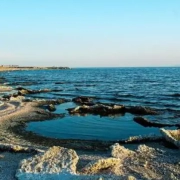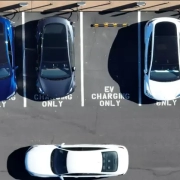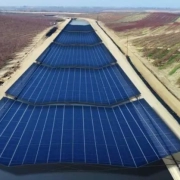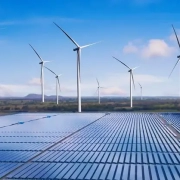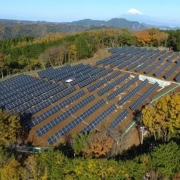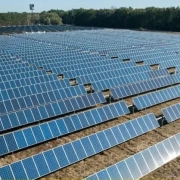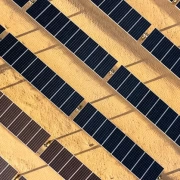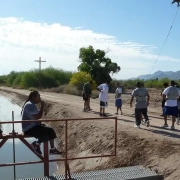SANTA BARBARA, California – CALPIRG Students at UCSB hosted a campus event as a part of the organization’s Statewide Celebration of Clean Energy in support of getting UC Santa Barbara to commit to 100% Clean Energy by 2035.
The event featured speakers from the office of State Senator Monique Limon,the Associated Students Senate, and CALPIRG Students, as well as a game and information station to engage the student body to learn about UCSB’s LEED Certified buildings and existing renewable energy.
Click here to read the full article
Source: Independent
—
If you have any questions or thoughts about the topic, feel free to contact us here or leave a comment below.



